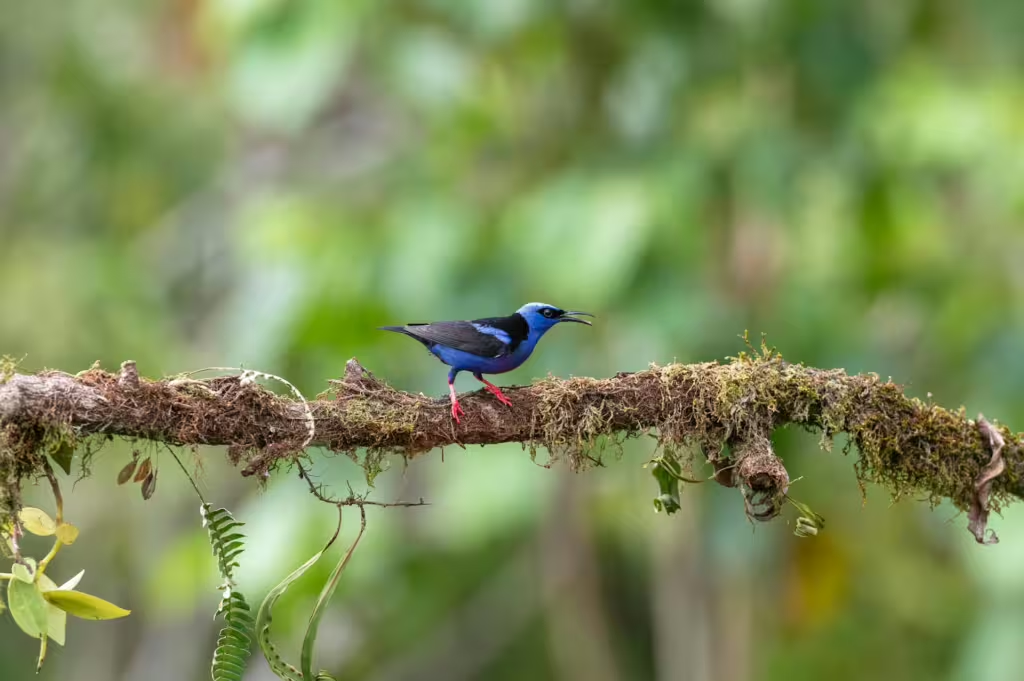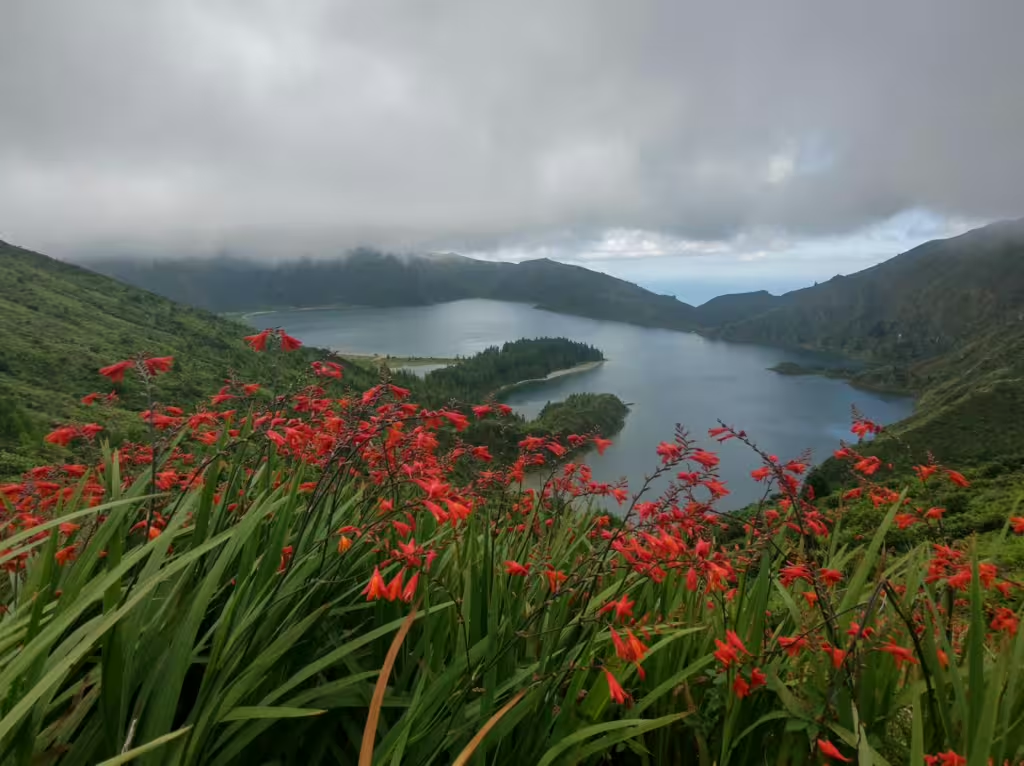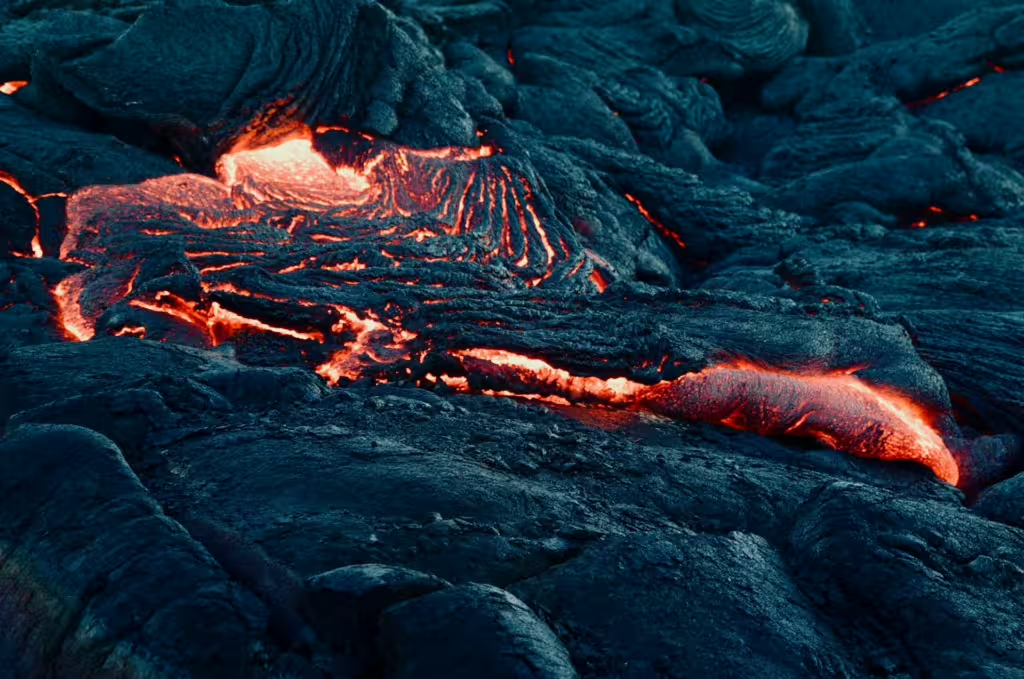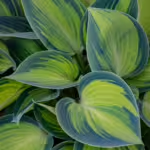When we think of volcanoes, we conjure images of destruction, often world-ending destruction. We see showers of sparks falling from soot-blackened skies, rivers of molten rock pouring down the slopes of a towering inferno. Now, while it is true that volcanoes are some of the most extreme and hostile environments on the planet, they also happen to be completely livable, at least if you possess the adaptation to do so.
Yes, volcanoes can shape entire landscapes with a combination of fire, ash, and molten rock, yet when the smoke clears and the dust settles, what results is often a surprisingly diverse ecosystem. It’s not hard to imagine if you take a look at the many tropical islands that once used to be underwater volcanoes. Hawaii stands as a prime example of this and even today, active volcanoes tower above the lush, rainforests of these tropical habitats.
From towering peaks that reach above the clouds to lush valleys down below the treeline, life finds a way to flourish in these dynamic, dangerous ecosystems. This occurs because the animals and plants that live near volcanoes have evolved a number of remarkable adaptations that allow them to withstand toxic gases, extreme temperatures, and periodic eruptions of their volcanic neighbors.
In thus article, we will explore volcanic ecosystems in detail. We will examine the resilience that allows lifeforms to dwell in volcanic regions, as well as highlighting some of the most fascinating examples of these species. So travel with us dear reader, but watch your step, the floor is lava, after all.
The Challenges of Living Near a Volcano
It should come as no surprise that volcanic regions present a unique set of challenges for flora and fauna alike. High temperatures, shifting landscapes, and volcanic gases like sulfur dioxide can make survival difficult for even the hardiest of critters, not to mention sensitive tropical plants. For example, ash fallout from eruptions have been known to smother plants and disrupt entire food chains, and we don’t really need to get into the fact that a single lava flow can destroy an entire ecosystem in a matter of moments. Nevertheless, despite these challenges, many plant and animal species have adapted themselves in ways that either circumvent the issues volcanic areas pose or to turn the characteristics of volcanic regions to their advantage.

Adaptive Strategies for Survival
Here are some examples of the common strategies plants and animals use to survive and thrive whilst living in volcanic regions:
Rapid recolonization: When a plant exhibits rapid recolonization, it means that they have seeds that can quickly take root. Plants near volcanoes can do this in fresh, often highly-fertile, volcanic soil, creating a strong foundation for future ecosystems.
Tolerance to extreme conditions: Though not impervious by any means, some animal and plant species have developed resistance to high temperatures, acidic soils, or limited water supplies.
Opportunistic behaviors: When the situation gets too cold near underground volcanic activity, certain animals take advantage of their location. These critters burrow or carve out homes that make the best use of their clean, geothermal heating in order to to survive the cold. Other species, meanwhile, tend to thrive best in mineral-rich volcanic soils.
Plant Life Near Volcanoes
Pioneer Species: The First to Return
As one might expect, the aftermath of a volcanic eruption often leaves behind a scarred, smoldering landscape. Yet even in these barren places, life can find a way to continue. Indeed, the first plants to recolonize these areas are often referred to, appropriately, as pioneer species. Not only are these species incredibly resilient when compared to other, similar plant species, pioneers are a crucial piece of ecosystem recovery. This is because pioneer species help to stabilize the soil, paving the way for more complex forms of plant life to eventually take root.
Mosses and Lichens
Mosses and lichens are simple lifeforms, but can be found in some of the most extreme ecosystems on the planet. So it’s no surprise that they are often among the first plants to colonize fresh volcanic rock. Lichens, which represent a symbiotic partnership between fungi and algae, are particularly hardy and can endure harsh conditions. Organisms like these can survive in extremely nutrient-poor conditions, such as mountaintops, caves, and on the slopes of recently-erupted volcanoes. As they take root, the mosses and lichens slowly break down the attached rocks and create soil.
Ferns and Grasses
Once the mosses and lichens have done their work and created a thin layer of soil, ferns and grasses will begin to establish themselves. The extensive root systems of these plants further stabilize the soil, helping to prevent erosion, while their organic matter eventually withers, decomposes, and enriches the soil.
Trees and Larger Plants
Once enough soil has formed and become more recognizable as actual dirt, larger plants and trees will begin to take root. Some species, like the Silversword in Hawaii and the Lodgepole Pine in North America, have adapted quite well and thrive in volcanic environments.
Silversword (Argyroxiphium spp.): The silversword can be fund growing in the Hawaiian Islands. Over the centuries, this plant has evolved to survive in nutrient-poor volcanic soils and withstand intense sunlight and wind.
Lodgepole Pine (Pinus contorta): The lodgepole pine represents yet another tree species that thrives in areas affected by past volcanic activity. The seeds of the pine are often only released after exposure to the intense heat caused by both volcanic eruptions and even wildfires.
Animal Life Near Volcanoes
Birds
Longtime readers will no doubt be aware that birds are among the most adaptable animals living in the world today. These creatures evolved to survive the mass extinctions that all-but annihilated their saurian ancestors, so it seems appropriate that birds do quite well in volcanic regions. In fact, many bird species take advantage of the nutrient-rich soils that support an abundant array of plant life, mostly because it can also support an extensive variety of insects.
It doesn’t hurt that a bird’s ability to fly gives it something of an advantage in avoiding sudden eruptions or escaping from toxic gases that can seep from volcanic vents. Still, the main gist is that volcanic landscapes often create unique habitats for birds, offering as many opportunities for survival as they do challenges. For instance, some birds use lava fields and craters as nesting grounds, taking advantage of the warm microclimates that are often created as a result of underground geothermal activity. Others tend to take advantage of the traditional benefits, relying on the unique insects and plants that thrive in the volcanic soil. In these case, the birds, insects, and plantlife form specialized ecological relationships.
Hawaiian Honeycreepers

Honeycreepers are small, brightly colored birds that have evolved to feed on the nectar of flowers that grow specifically in volcanic regions. The specialized beaks of these little birds allow them to extract nectar, much like a hummingbird, but they are most effective when siphoning the nectar of native plants like the Silversword and Ohia Lehua. Over time, Hawaiian honeycreepers have diversified into a number of different species, each with unique beak shapes and feeding habits adapted to specific flowers and insects. Unfortunately, like so many of this planet’s birds, these animals face threats from habitat loss and invasive species.
Andean Condor
Living near the Andes Mountains, which have significant volcanic activity, the Andean Condor uses thermal updrafts created by volcanic landscapes to soar effortlessly in search of carrion, it’s favorite food. These massive birds have a wingspan of up to ten feet, making them one of the largest predatory birds on the planet. Interestingly enough, the volcanic activity of the condor’s homeland indirectly benefits it by shaping landscapes where large herbivores can roam. When those creatures die or are hunted, the condor can spot them and swoop in to eat its fill. Sadly, habitat destruction and hunting have made the Andean condor a conservation concern.
Mammals
Mammals also do quite well in volcanic habitats, actually. Like humans, even our smallest, most distant mammalian cousins often display remarkable adaptability to life’s many challenges. While some critters burrow underground to escape the harsh surface conditions, others utilize volcanic caves and tunnels for shelter. In either case, however, mammals must often navigate challenging terrains, dealing with steep slopes, loose volcanic rock, and fluctuating temperatures.
Bats
The vast cave systems created by lava flows often become roosting sites for bats. In Hawaii, the Hawaiian Hoary Bat (Lasiurus cinereus semotus) is one of the few mammals considered to be native to the island. These fluttering insectivores nest in the lava tubes during the day. These caves provide a stable environment, offering the bats protection from predators and any unforeseen temperature extremes. As with most bats, the Hawaiian variety plays a crucial role in controlling insect populations, including those that might proliferate in nutrient-rich volcanic soils. That said, some bats that dwell in volcanic areas can often serve as pollinators, helping to maintain plant diversity in these challenging ecosystems.
Pika
The American Pika (Ochotona princeps) is another funny little critter that makes its home in North American volcanic regions. These small mammals live among rocky outcrops created by past volcanic activity, using the crevices for shelter and food storage. Pika’s are high-altitude dwellers, which makes them particularly sensitive to temperature changes, which is why they rely so heavily on the cool microclimates created by volcanic rocks. These rocks help the pika to avoid overheating, but their climate sensitivity also means that pika are particularly threatened by climate change. Many of their volcanic homes are becoming less and less hospitable thanks to an ever-warming global climate.
Amphibians and Reptiles
Despite the extreme conditions found in volcanic ecosystems, there are a few amphibians and reptiles that have found ways to live and even thrive in those habitats. Like the pika, these creatures utilize warm geothermal pools or rocky crevices to survive temperature extremes. Moreover, many of these species exhibit unique physiological adaptations that allow them to cope with those temperature fluctuations. Others are able to withstand high levels of volcanic gases and in some cases, even acidic water sources. In any event, the reptiles and amphibians that call these places home play essential roles in controlling insect populations and maintaining the ecological balance of volcanic ecosystems.
Galápagos Land Iguana
Native to the volcanic Galápagos Islands, the Galápagos land iguana has adapted to harsh volcanic landscapes by developing a diet that includes tough, drought-resistant plants. At the same time, these unique iguanas can withstand high temperatures and move easily around the arid, rocky environments formed by lava flows. The iguanas like the heat so much, that they often bask on sun-heated volcanic rocks to regulate their body temperature. Feral cats and rats are persistent threats to their population, however.

Hot Spring Frogs
Did you know frogs can live in and around volcanoes? That’s right, some frog species have adapted to live near hot springs, specifically those that are fed by volcanic activity. The Andean Water Frog, for example, is often found in geothermal waters high in the Andes Mountains, where it has developed the ability to tolerate warm, mineral-rich waters that would be inhospitable to many other species. In many ways, the unique adaptations of hot spring frogs provide scientists with valuable insights into amphibian resilience and the effects of climate change on aquatic ecosystems.
Insects and Microorganisms
Insects and microbes may be tiny, but they play a crucial role in volcanic ecosystems. Besides mosses and lichens, these minuscule critters are often the first organisms to colonize fresh lava flows and help decompose organic matter, making nutrients available for other, more advanced plant species to grow. Thus, these tiny pioneers contribute significantly to soil formation and ecosystem recovery after eruptions.
True Investigator Says…
As you can see, volcanoes might be vessels of geothermal destruction, but they are also creators, fostering new life and rich biodiversity each time they erupt. The plants and animals that inhabit volcanic regions are prime examples of the incredible resilience and adaptability of nature. Their ability to thrive in some of Earth’s most challenging environments is a testament to the power of life. In many ways, our ability to study these unique ecosystems grants humanity rare insight into how life can recover from catastrophe and how it can begin anew.
Discover more from TrueInvestigator
Subscribe to get the latest posts sent to your email.


